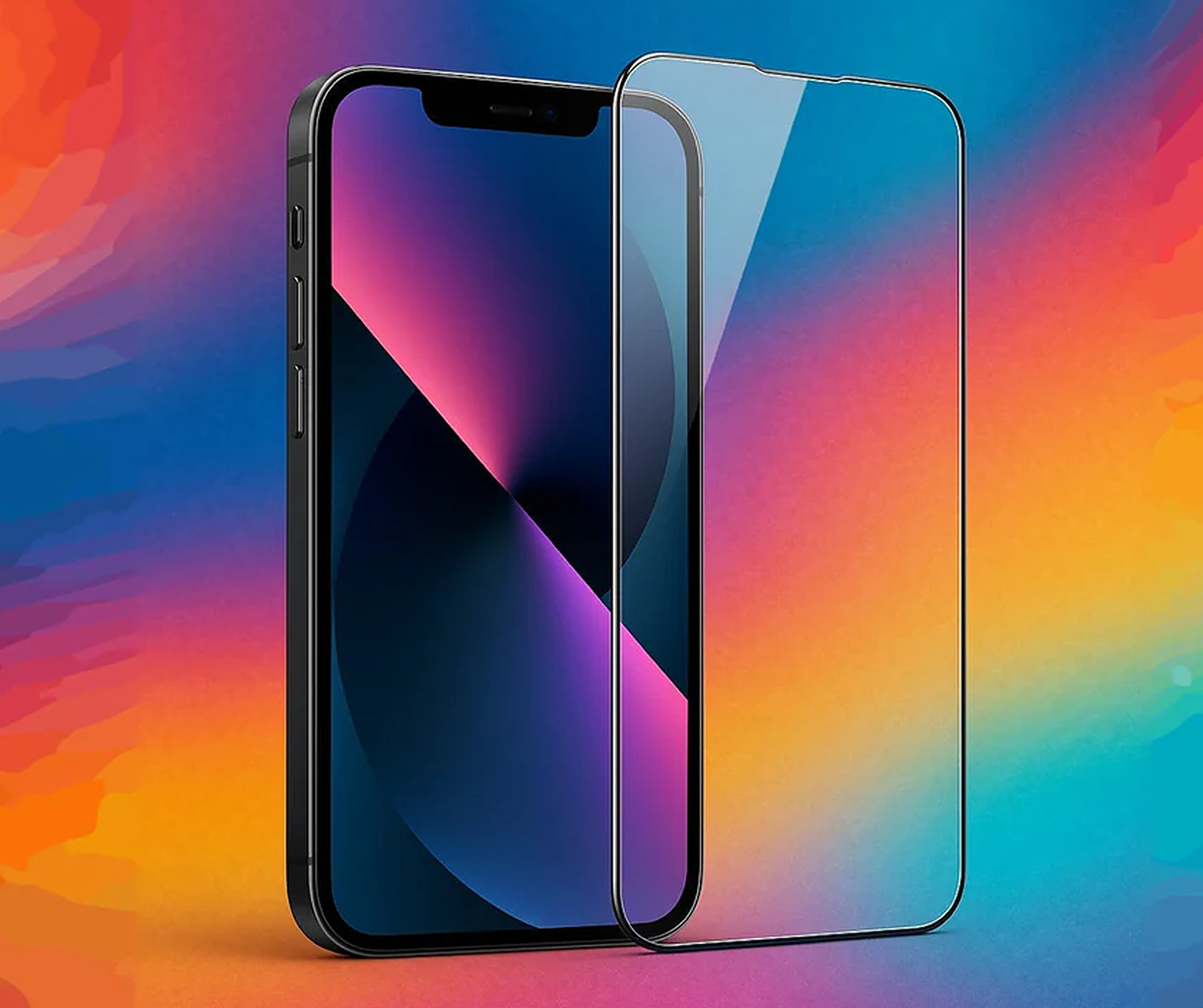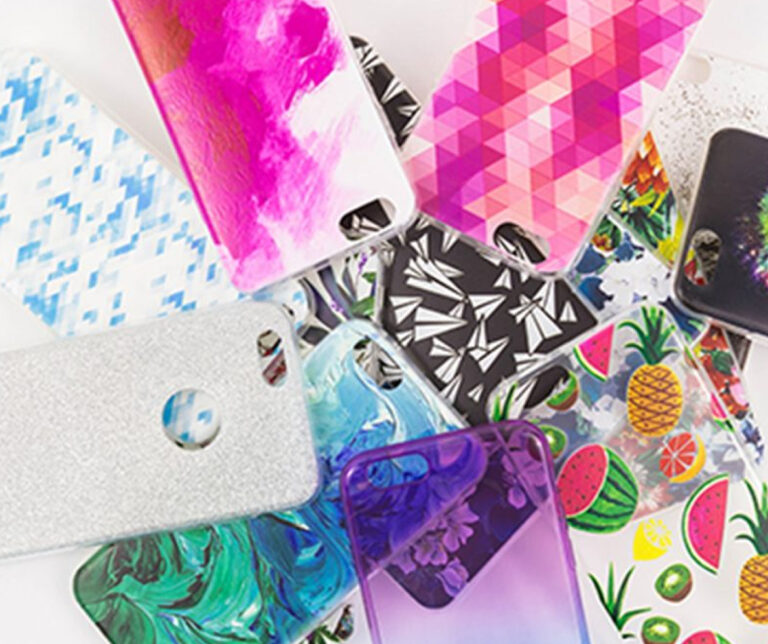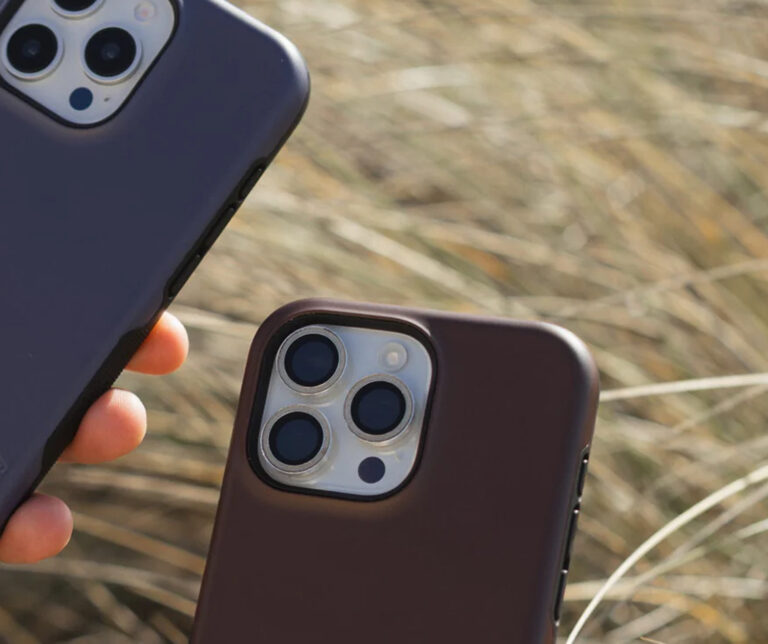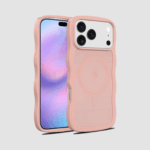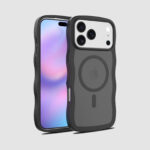Summer Sale: 40% OFF sitewide | Free standard shipping
Screen protectors offer a physical barrier between your phone screen and objects that might cause harm, but how efficient or durable they are depends on the material. Protectors can save your device’s face from smashing beyond repair by preventing scratches to your screen or absorbing the shock of minor impacts. Read on to discover the basic principles and the best type of protector.
How Screen Protectors Work: The Basics
- Scratch resistance: This is one of the most critical features of any good-quality screen protector. Whether made of plastic or tempered glass, your protector should be scratch-resistant to prevent your screen from acquiring small or large impressions.
- Impact absorption: Everyone drops their phone at some point, and an excellent protector needs to be more impact-absorbent to ensure that the screen doesn’t absorb the impact of the fall.
- Feel: Screen protectors imitate the feel of a real phone so that you don’t notice the difference, enabling you to touch your screen. Some “feels” are more desirable than others; for example, people often favor glass screen protectors for their more accurate imitation.
Types of Screen Protectors and How They Work
Tempered glass
The glass screen protector is often the most popular as it imitates the real feel of a screen better than the TPU or PET plastic alternatives. Aside from that, these screen protectors work by offering more protection for your screen as it is thicker, only by a couple of millimeters, and this thickness means that the wear and tear on the protector will take longer to reach your phone’s real face. While its durability is a huge advantage for the tempered glass option, not everyone likes to have a more obvious rise to their phone screen.
Tempered glass protectors also work by absorbing shock from accidental drops. Due to its manufacturing processes, tempered glass is a robust material that protects your phone from impact by acting as a shield and is strong enough to withstand multiple drops. That’s why, even though it’s a form of glass, when you drop your phone on the floor, the screen protector often appears undamaged.
TPU (thermoplastic polyurethane)
While the plastic vs. tempered glass debate doesn’t always result in plastic protectors coming out on top, they are still a popular choice for some.
These thin and lightweight protectors are an excellent option for those who want to maintain the phone’s more natural aesthetic (as they’re thinner and stick out less from the phone’s surface). They also protect your phone’s face from minor scratches, but because the thin material is not very durable against bigger accidents. TPU does have a slight impact absorption because of its elastic properties.
PET (polyethylene terephthalate)
PET plastic protectors are another popular option among those who want to save money on protectors like tempered glass. PET plastic protectors offer some anti-scratching capabilities but do not offer shock absorption.
PET plastic protectors are a great short-term solution because they provide a physical barrier for your phone from the floor or objects that might cause damage. However, they aren’t a good long-term solution. Much like TPU screen protectors, PET alternatives can be popular for their more natural-looking aesthetic, regardless of their less efficient or durable protection.
Do You Still Need a Case With a Screen Protector?
A phone case is still crucial even with a screen protector. While. A protector can often offer shock absorption, but won’t protect your phone. Dropping your phone over and over can cause extensive damage. So, even if you have an efficient screen protector, consider finding a phone case.
Frequently Asked Questions
Do Screen Protectors Actually Protect Your Screen?
You need a screen protector if you want to protect your device. Still, the material you choose for your screen protector will alter how efficient, durable, and aesthetically pleasing it is. If you opt for a PET screen protector, you won’t have the shock absorption and durable scratch-resistance that the glass alternatives offer.
How Do Screen Protectors Allow Touch?
Protectors, whether plastics or tempered glass, still allow touch because they are relatively thin materials. As such, your phone can still pick up the disruption in the electromagnetic field (touchscreens detect changes in an electrostatic field).
Screen Protectors Reduce Damage, Support Touch, and Extend Phone Life
Screen protectors are essential for protecting your device from unwanted damage. No matter how butter-fingered you are, an unprotected phone is never truly safe from breaking. That’s why it’s so important to choose the right kind of protector for you. So don’t waste precious time! Discover Casezao’s range of protectors and phone cases today and ensure your device is as protected as possible.
